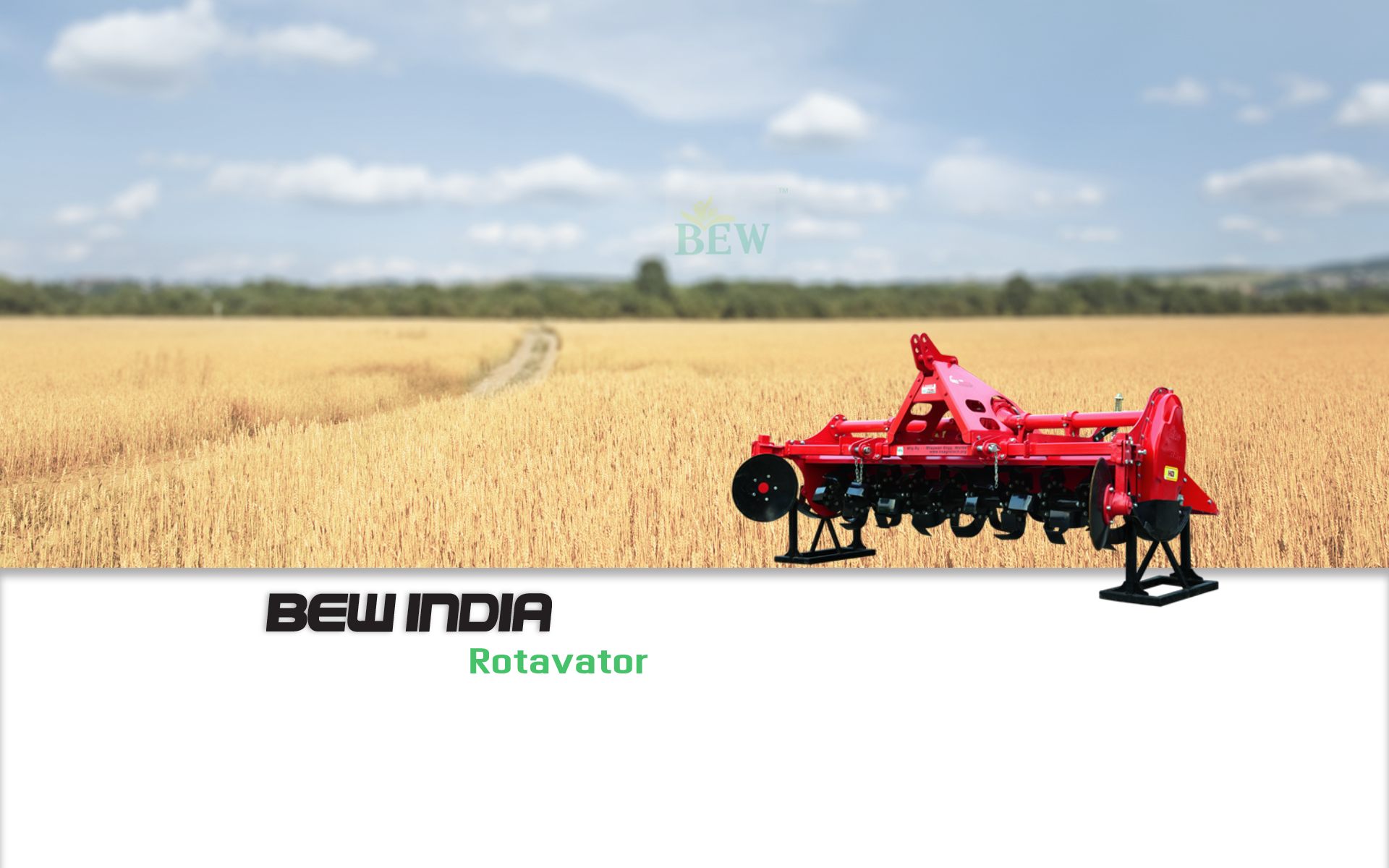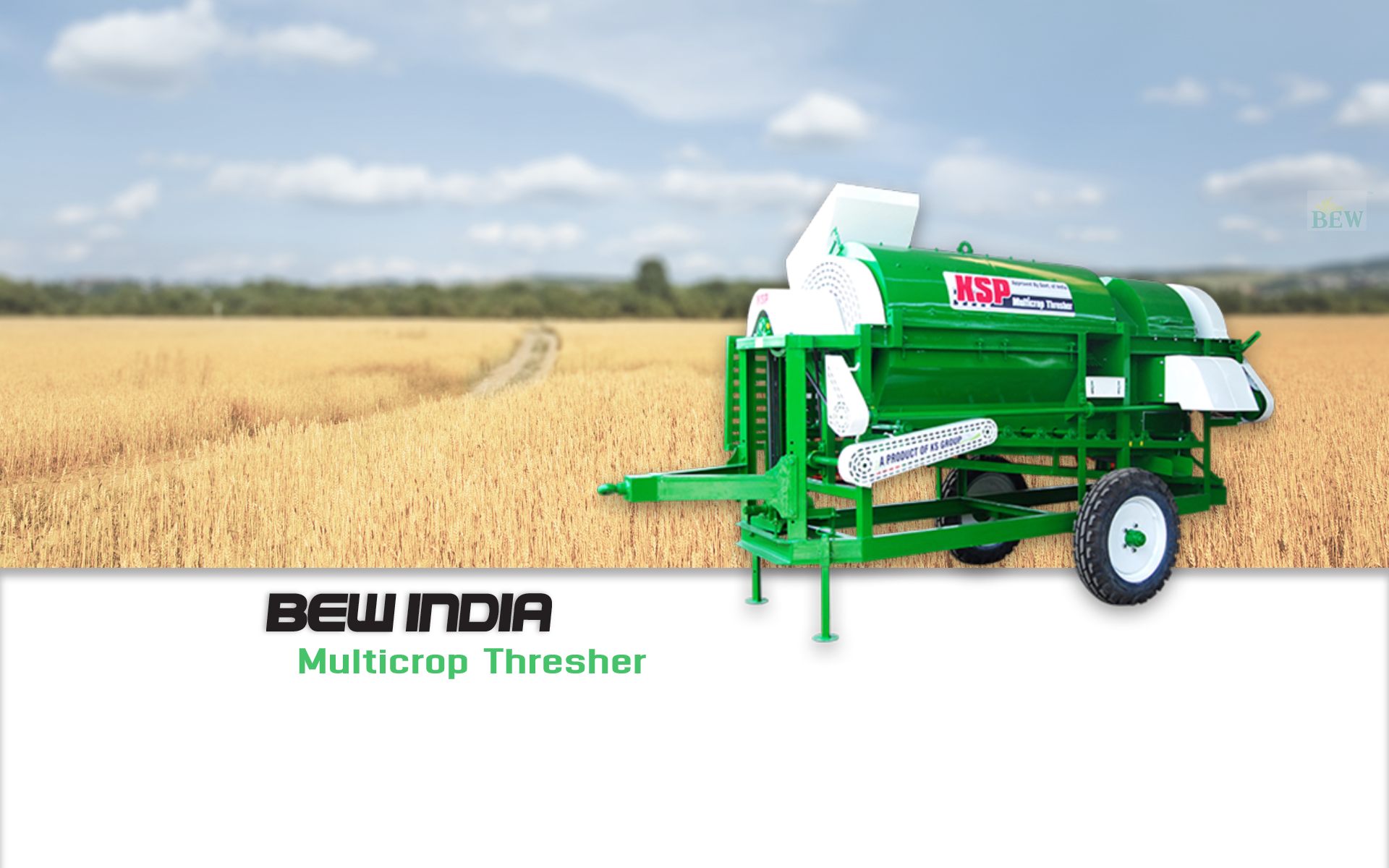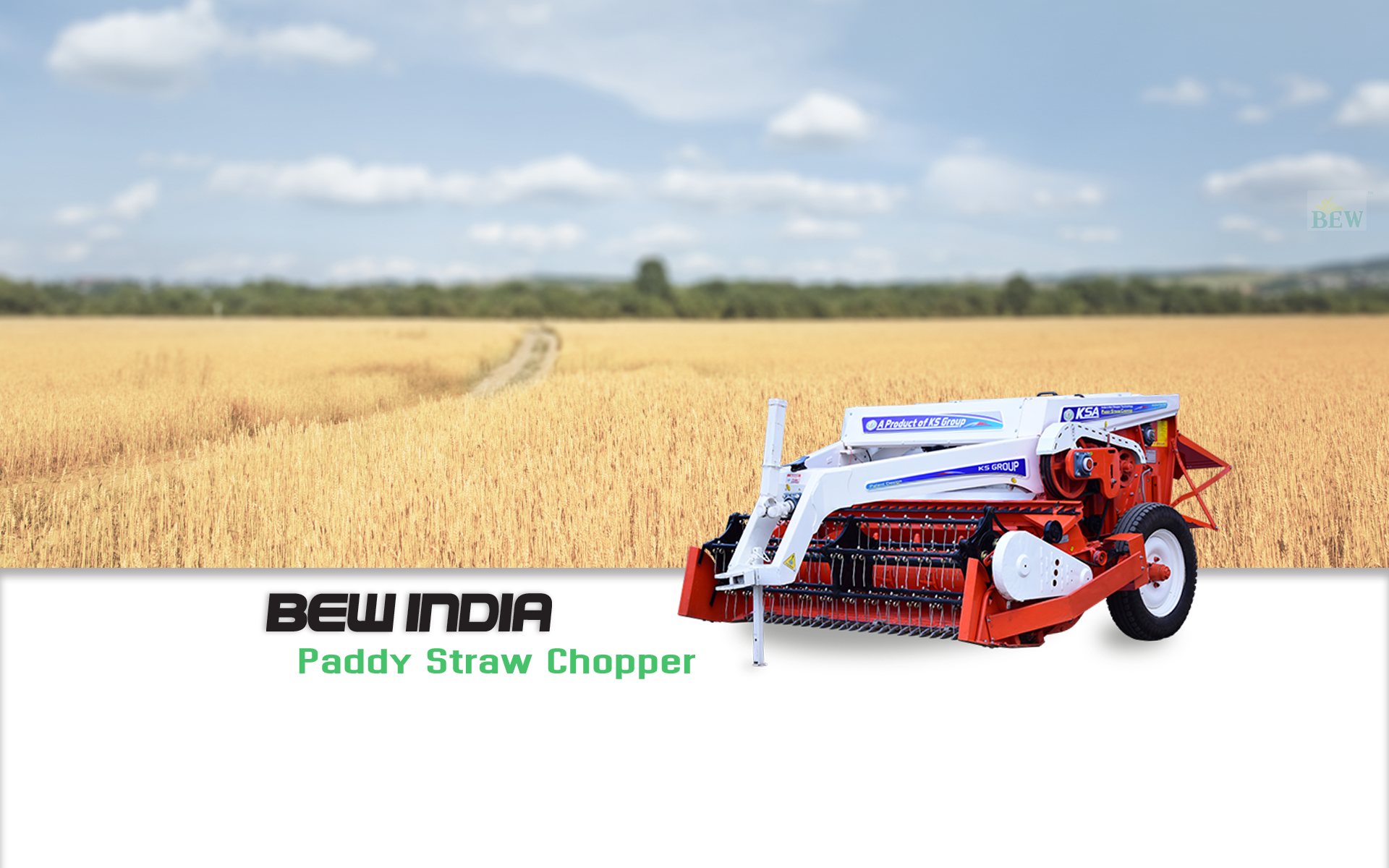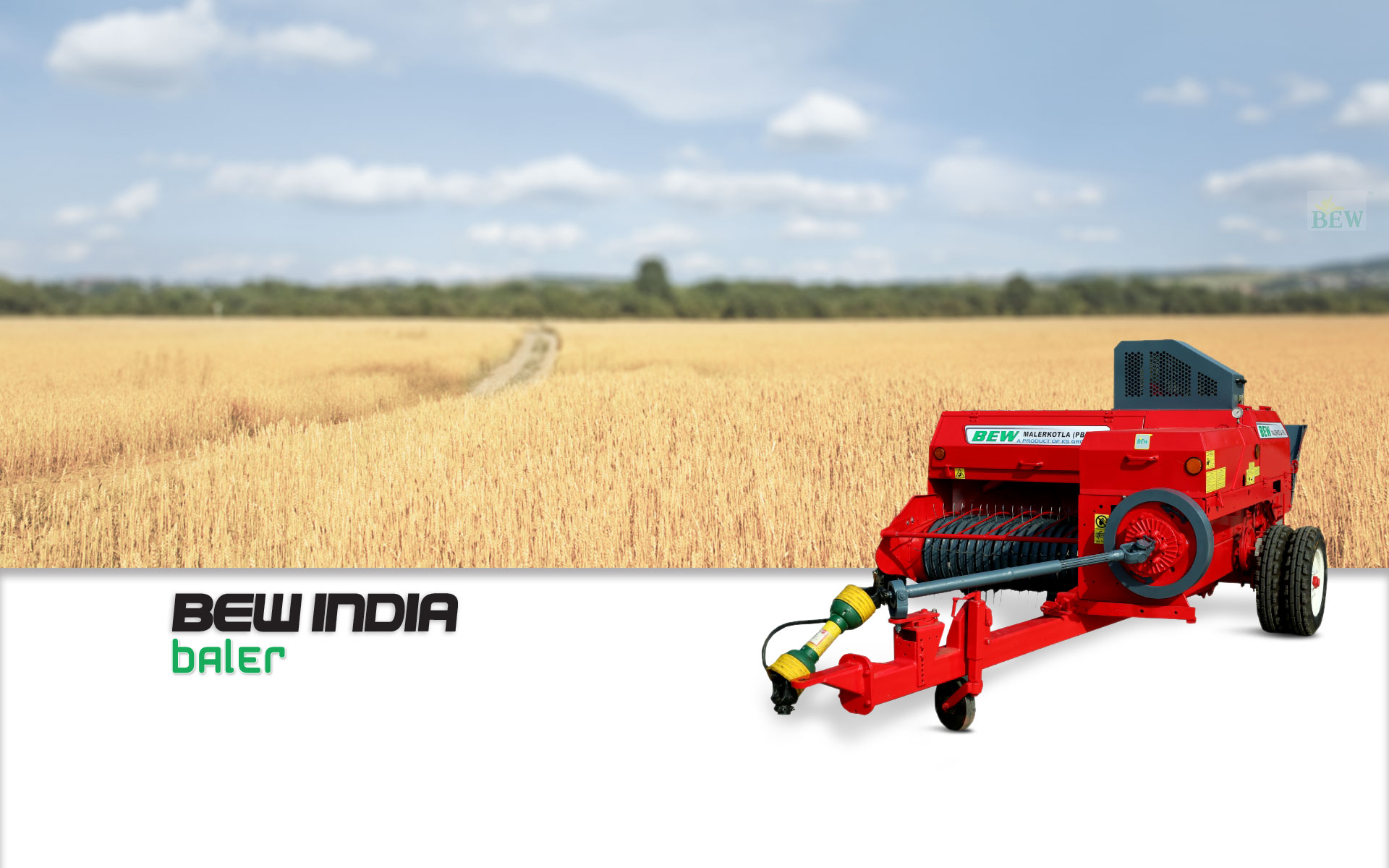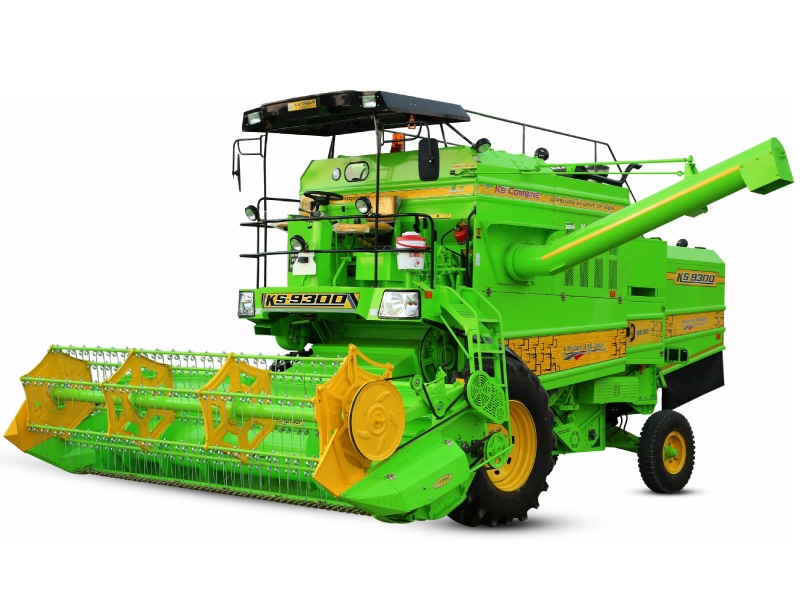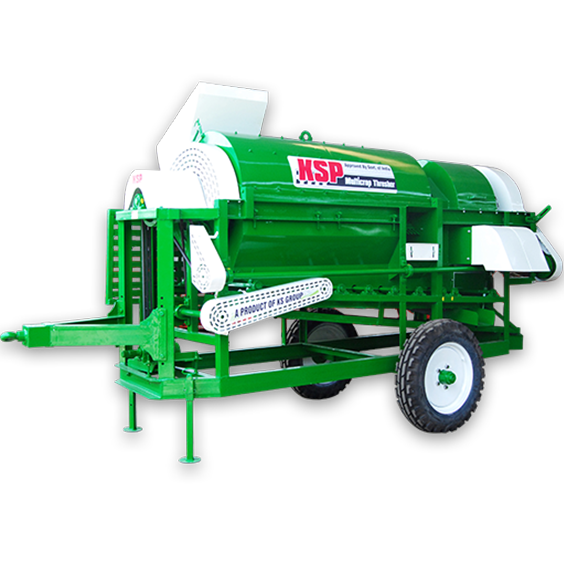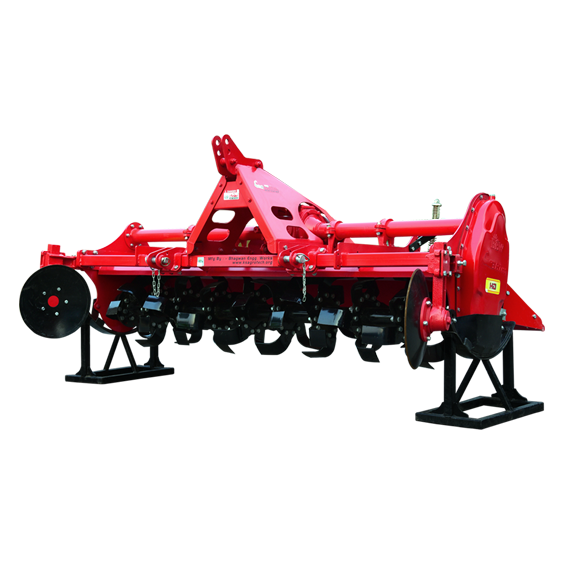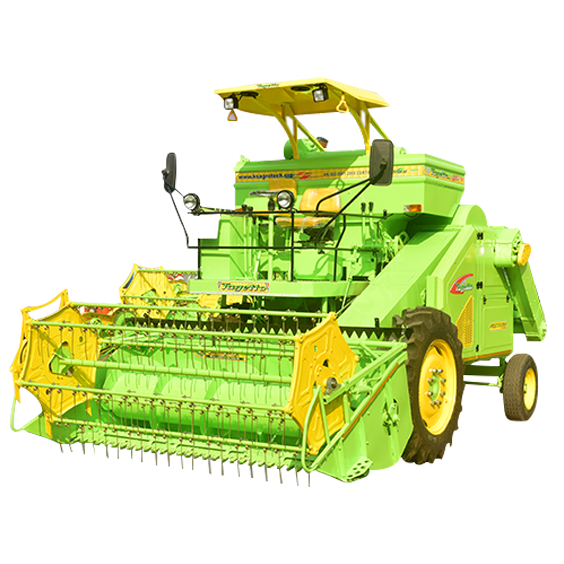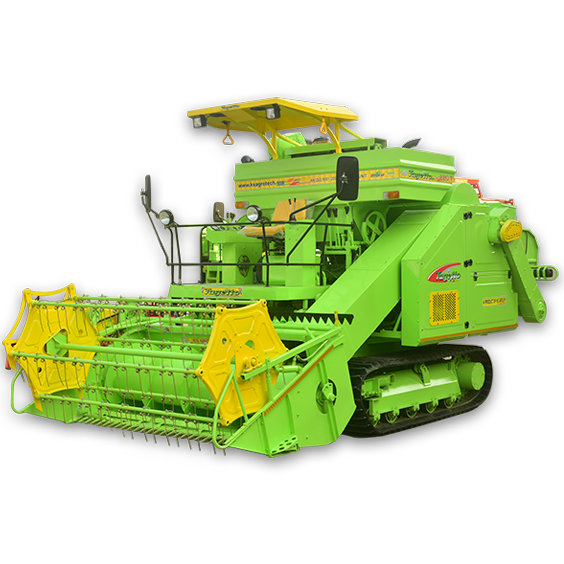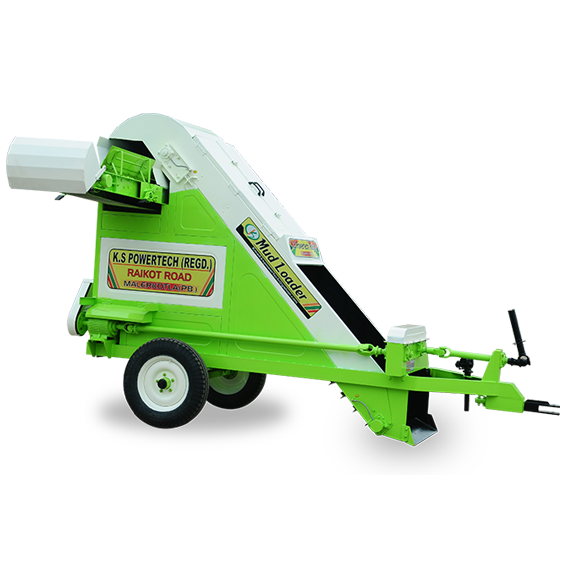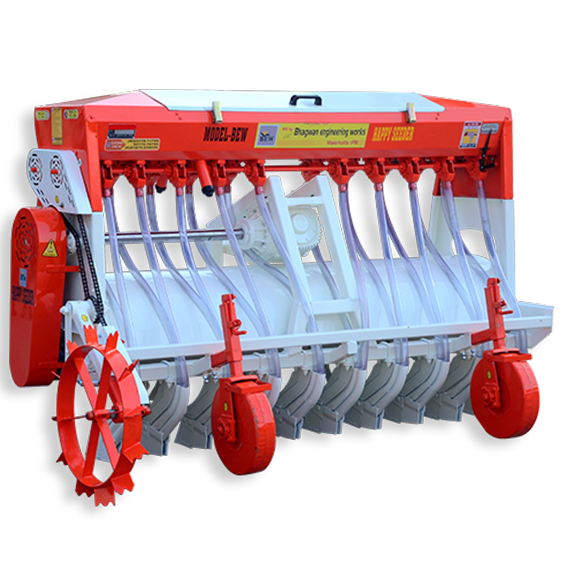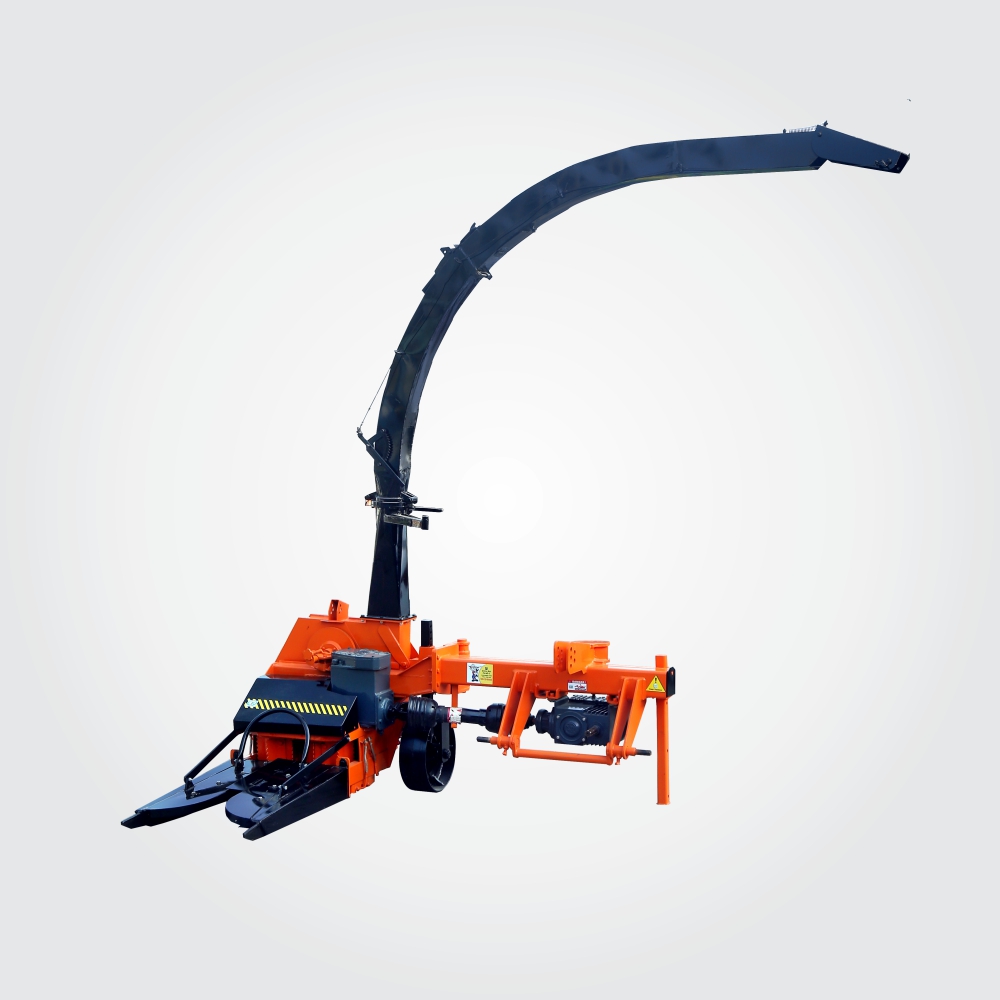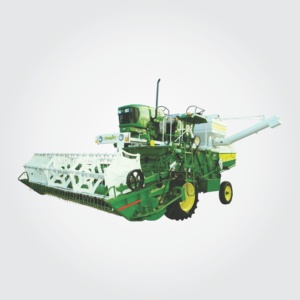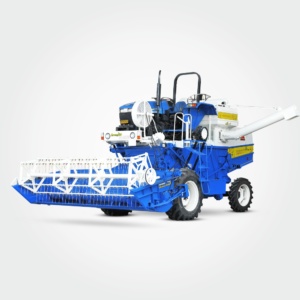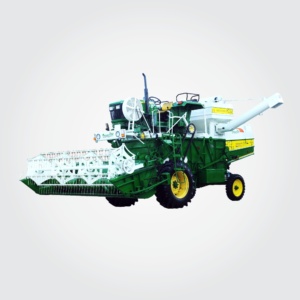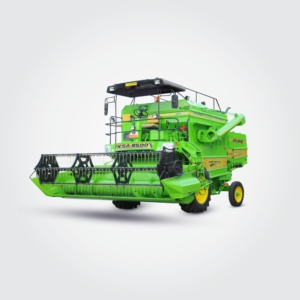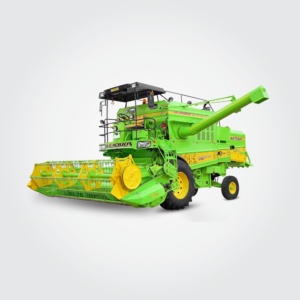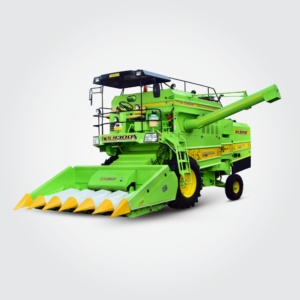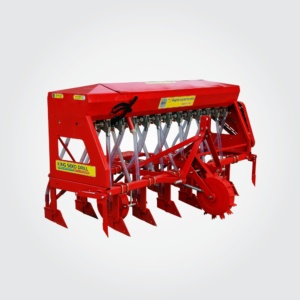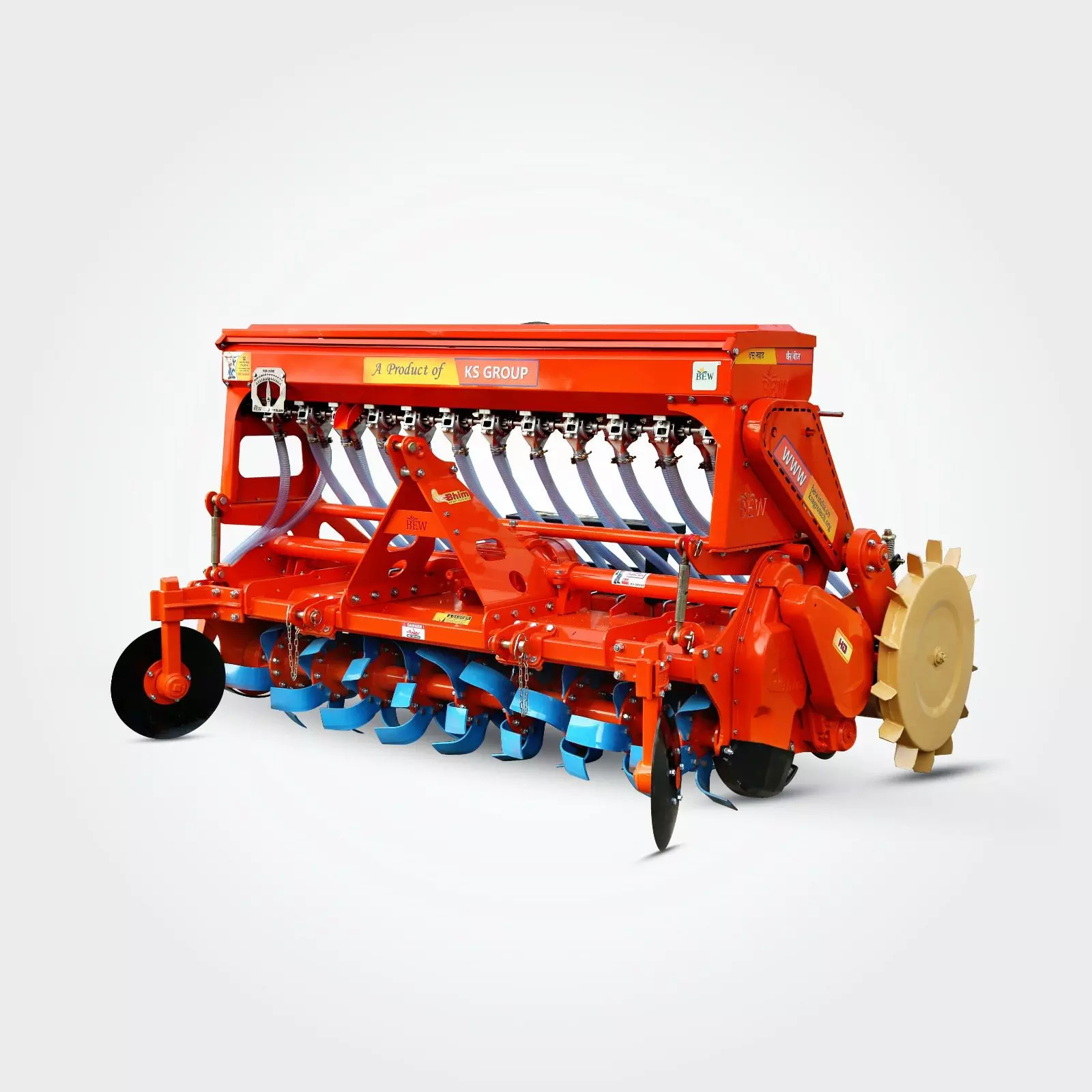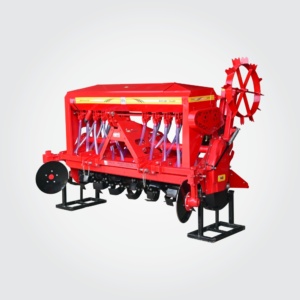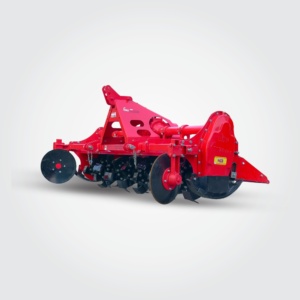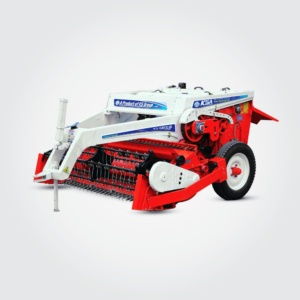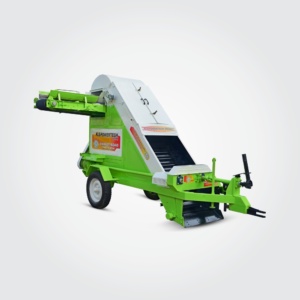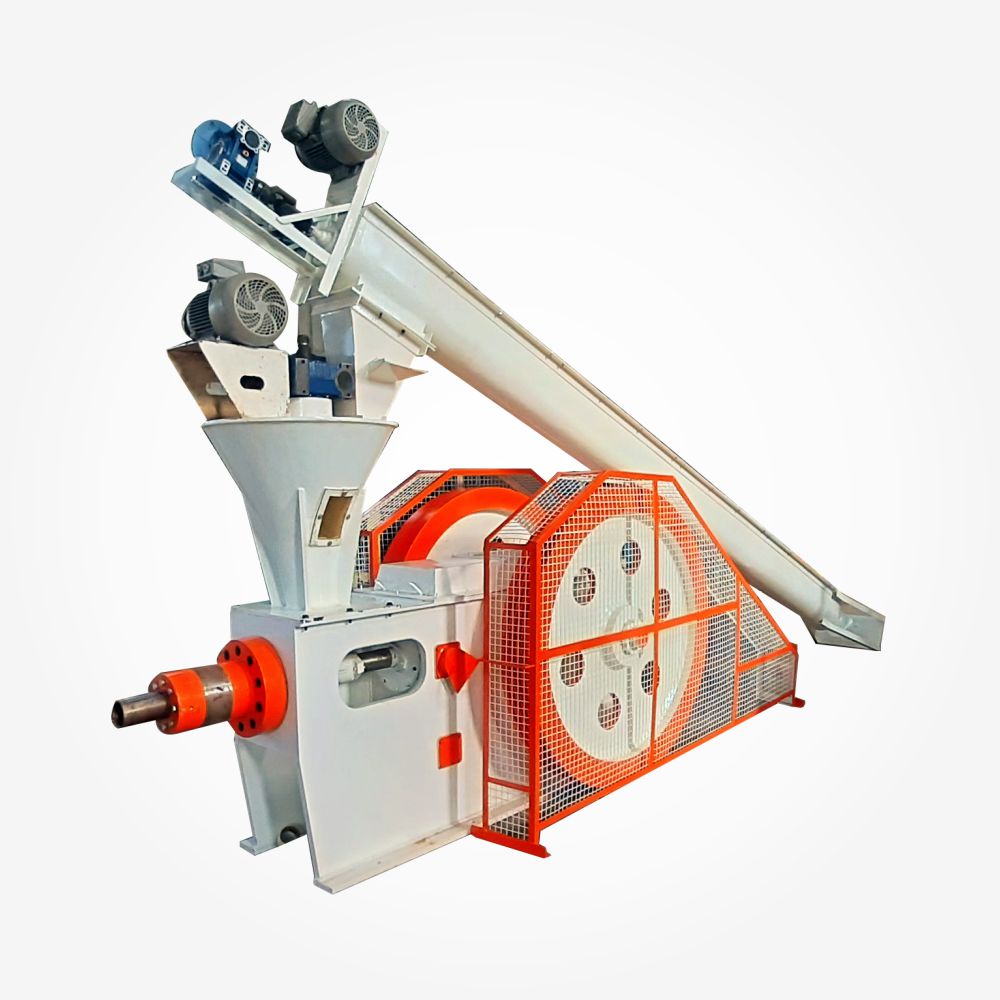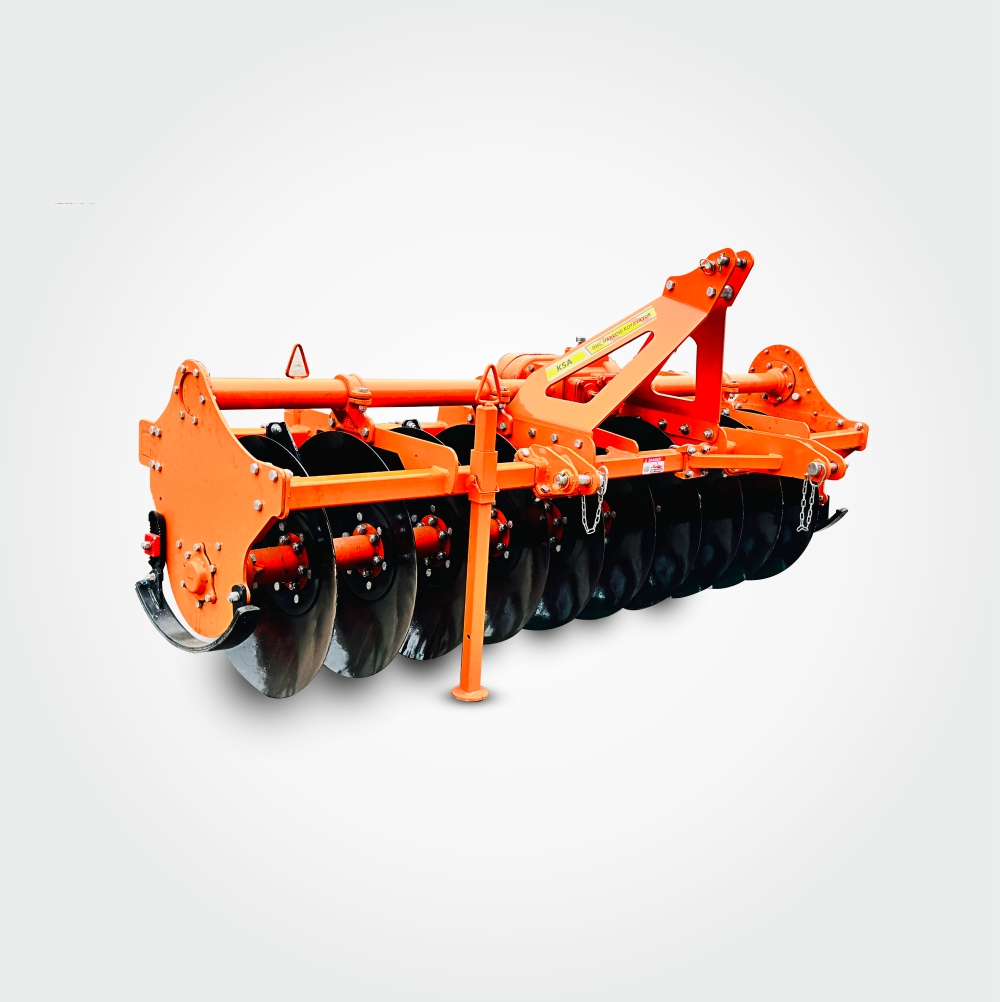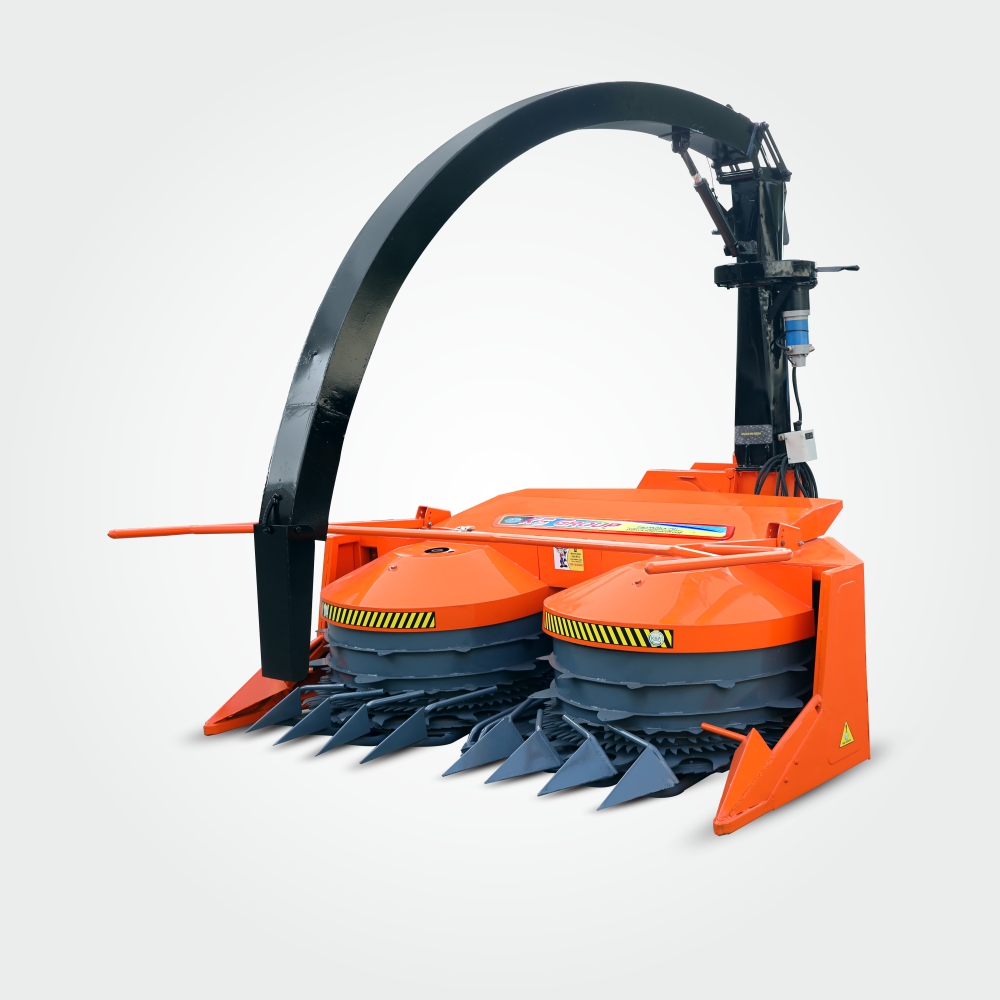Bhagwan Engineering Works (BEW)
Malerkotla, Punjab. INDIA.Welcome to the world of excellent agricultural implements and types of equipment from Bhagwan Engineering Works. It is our motivation to serve the hard-working farmers in and around the world by designing and fabricating the ideal implements and machinery required for agricultural purposes such as KS 9300 Maize Special Combine Harvester, KS Paddy Straw Chopper, Laser Land Leveler, KS Happy Seeder, KSP multi Crop & Paddy Thresher, Reaper, Tractor Combine, etc. Our Partners are KS Agrotech Pvt. Ltd., KS Agriculture Industries Pvt. Ltd., and KS Power Tech (Regd.). Bhagwan Engineering Works (BEW) is one of the leading agricultural equipment and implements manufacturers in India that address the basic agricultural necessities by providing eminent solutions since 1968. BEW India has remarkably outreached to the farmers and professionals in this industry with its benevolent practices and elegant solutions.




Why BEW India

BEW India Is Worldwide
Bhagwan Engineering Works (BEW) is an eminent brand recognized by the agricultural industry in India. Since the very beginning of our remarkable journey in 1968, we have become a staple name for the farmers to entrust and purchase the leading equipment and agricultural implements for farming that contain integrate the latest technologies gathered from the leading innovators from all over the world. BEW India is a trusted name in Agricultural Machinery and Implements Manufacturer and Exporters from Punjab, India. KS Agrotech Pvt. Ltd. manufactures a complete range of Ultra Modern Farm Machinery like Combine Harvesters and Other Agricultural Implements with assured After Sales Services.





